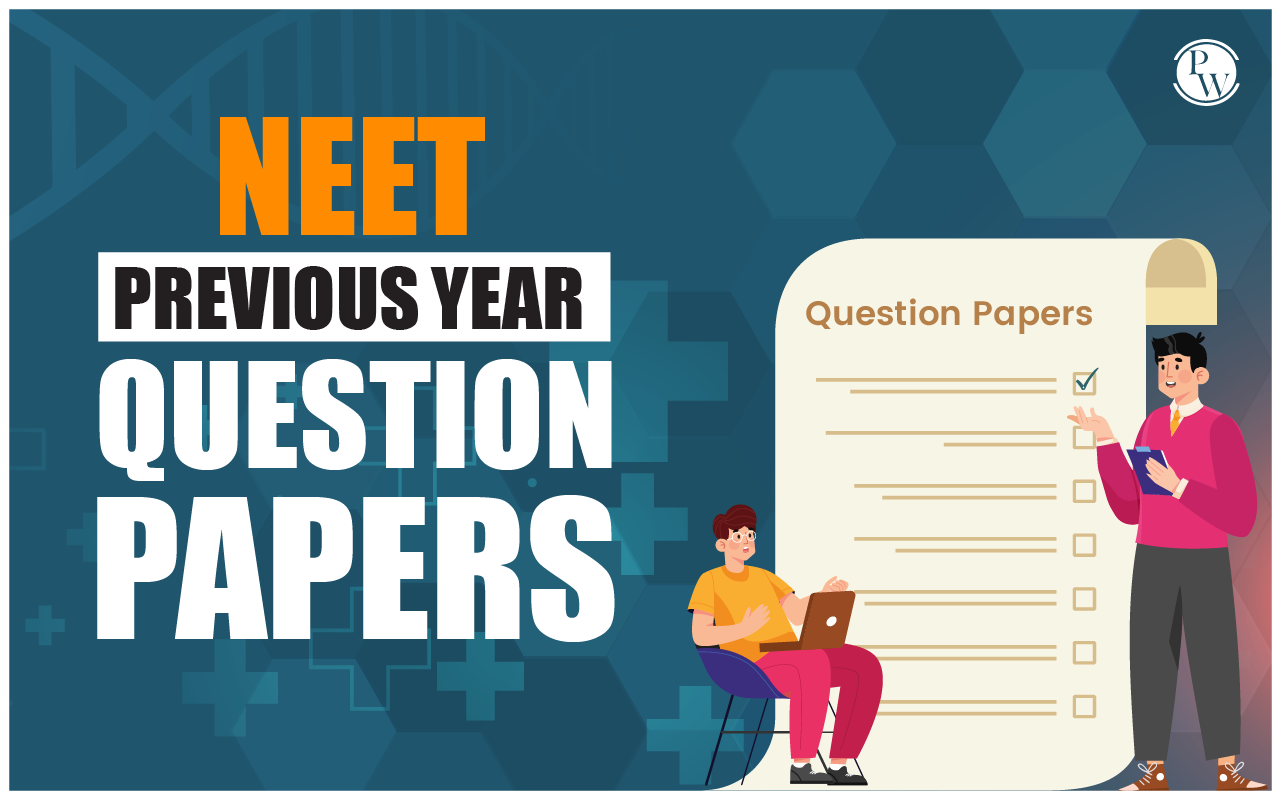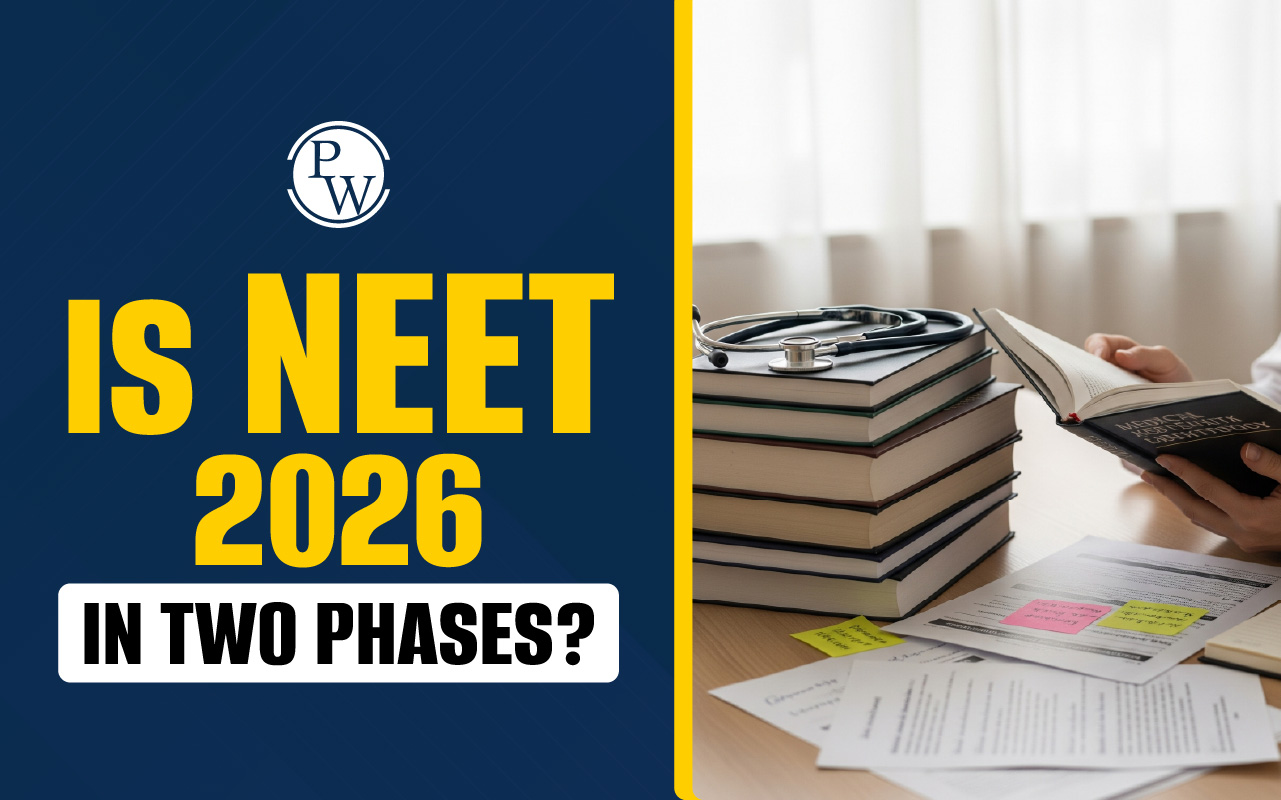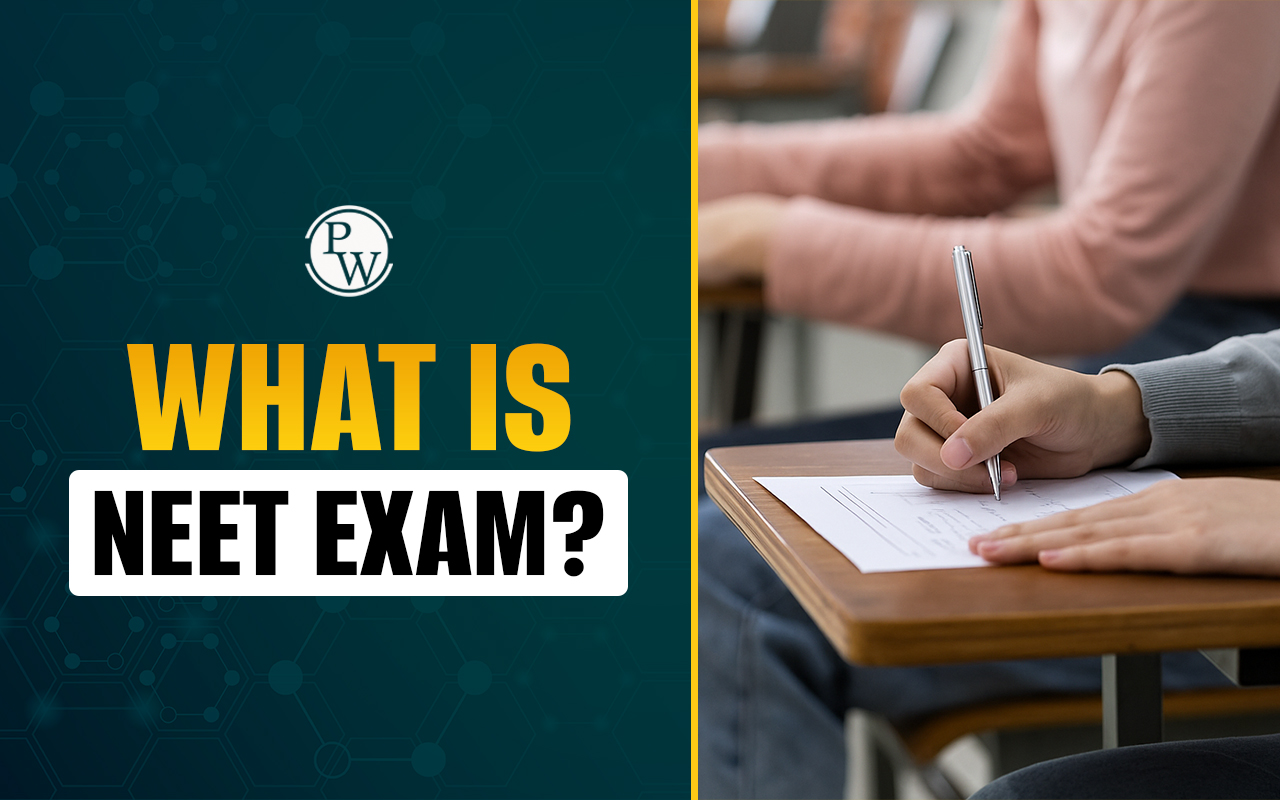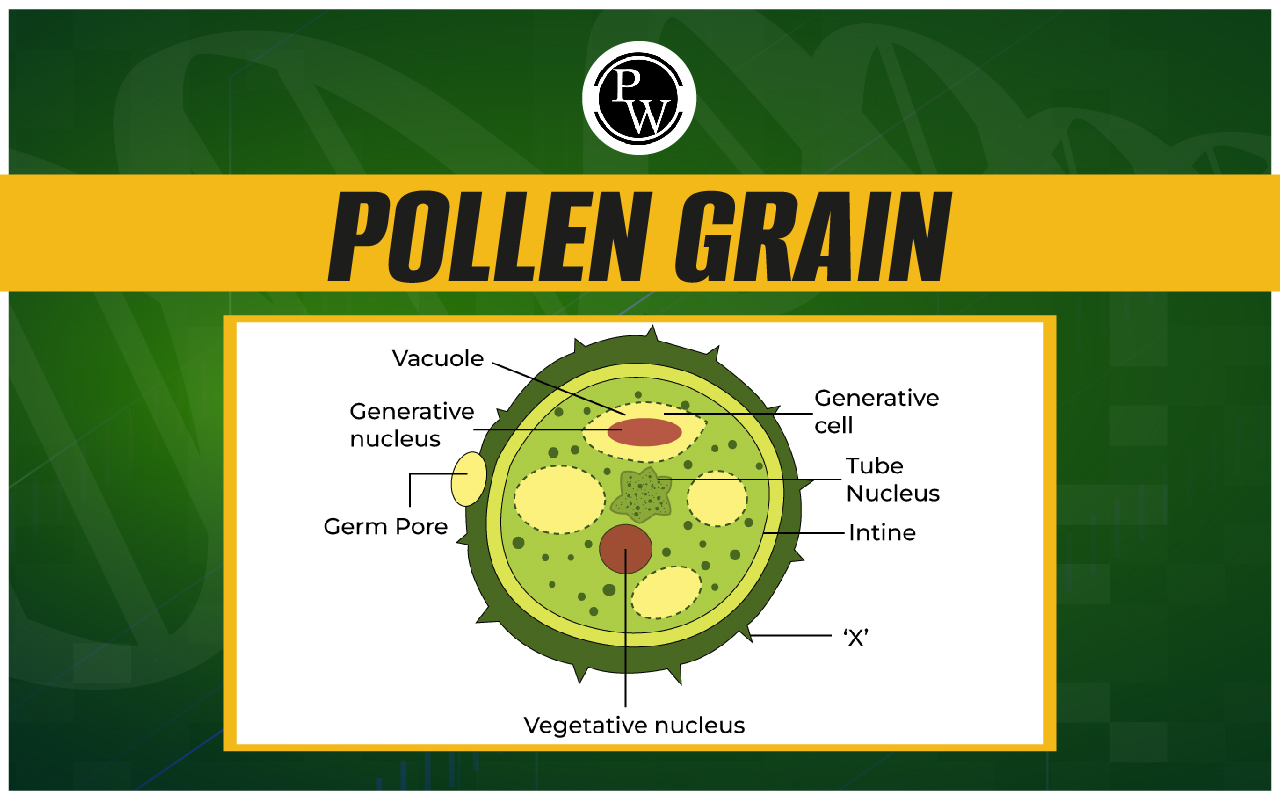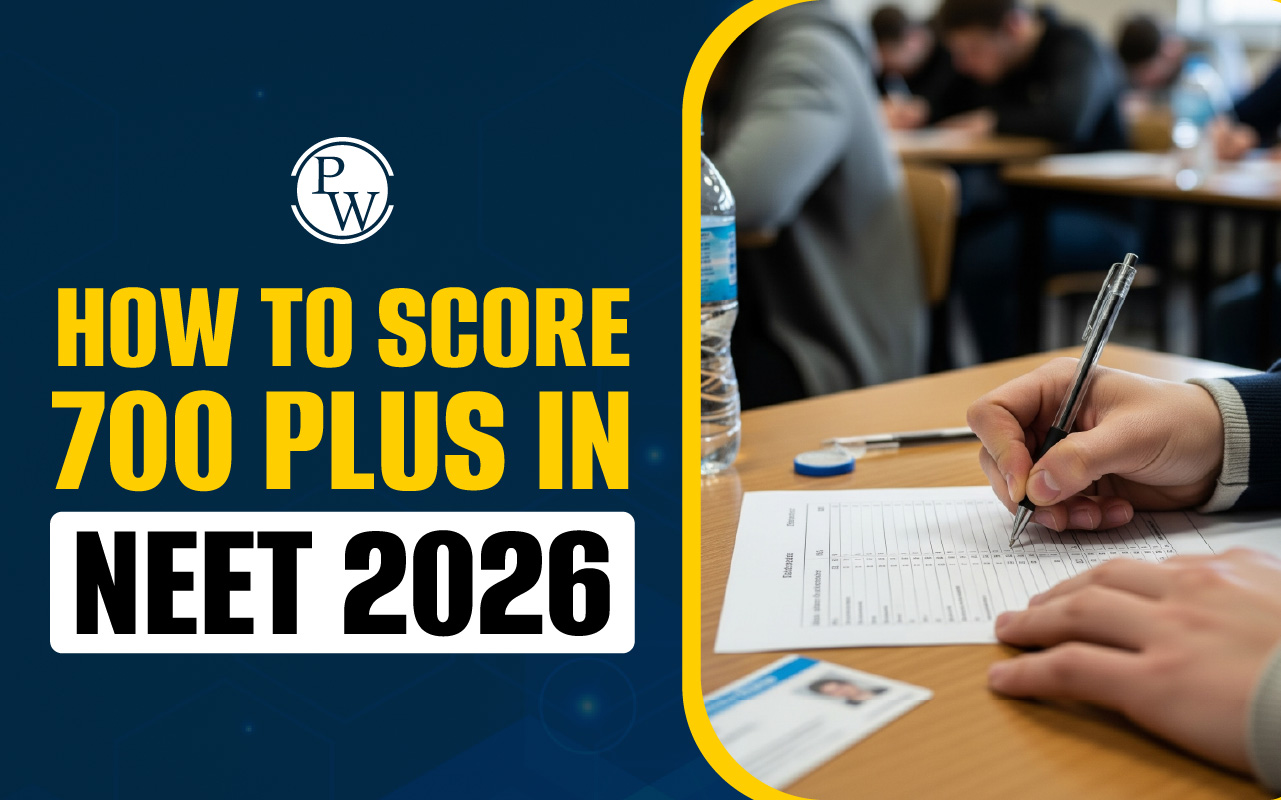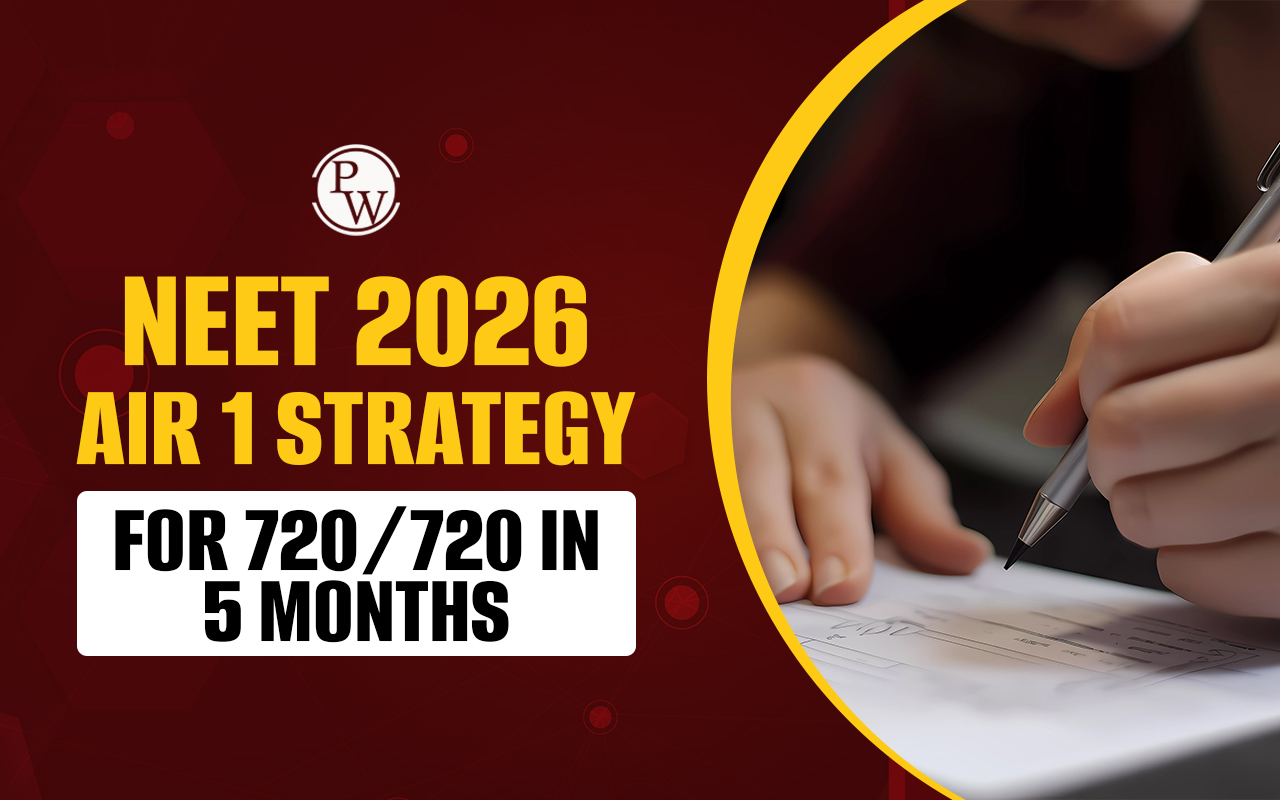
Equilibrium MCQs: Practicing Class 11 Chemistry Equilibrium MCQs is important for mastering the essential topics from these chapters. Equilibrium MCQs questions help you apply concepts in practical scenarios and improve your problem-solving skills.
By solving a variety of MCQs, students can become familiar with different question formats and difficulty levels, which is essential for performing well in the NEET chemistry exam. Regular practice also aids in identifying your strengths and weaknesses, allowing you to focus your study efforts more effectively. Students can practice the Equilibrium MCQs Class 11 with the answers below.Equilibrium MCQs For NEET
For NEET preparation, practicing through equilibrium MCQs allows students to apply theoretical concepts to practical scenarios. These questions assess students' comprehension of equilibrium principles and their problem-solving abilities. Reviewing the answers to these questions provides detailed explanations that clarify the correct methodologies and address any misunderstandings. This approach is important for strengthening knowledge, improving accuracy in problem-solving, and building confidence in handling equilibrium-related questions on the NEET exam.NEET Chemistry Chapter wise Weightage
Equilibrium MCQs Class 11 Questions and Answers
Engaging with MCQs on equilibrium from Class 11 Chemistry provides students valuable practice in applying core concepts. These questions are designed to assess understanding of how chemical reactions balance over time. The answers that accompany these MCQs offer detailed explanations, which clarify the correct approach to each problem and highlight common errors. This method not only helps students grasp the fundamental principles of equilibrium but also builds their problem-solving skills. Regular practice with these questions and a thorough review of the answers are crucial for solidifying knowledge, improving accuracy, and preparing effectively for exams.Also Check:
Equilibrium MCQs With Answers
Using MCQs with answers is a great way for students to deepen their understanding of equilibrium concepts. The answers provide clear explanations that show how to solve problems correctly and point out where improvements are needed. This practice helps students strengthen their knowledge, improve their problem-solving skills, and get better prepared for the NEET exam. Regularly reviewing these questions and answers is important for becoming skilled in equilibrium topics.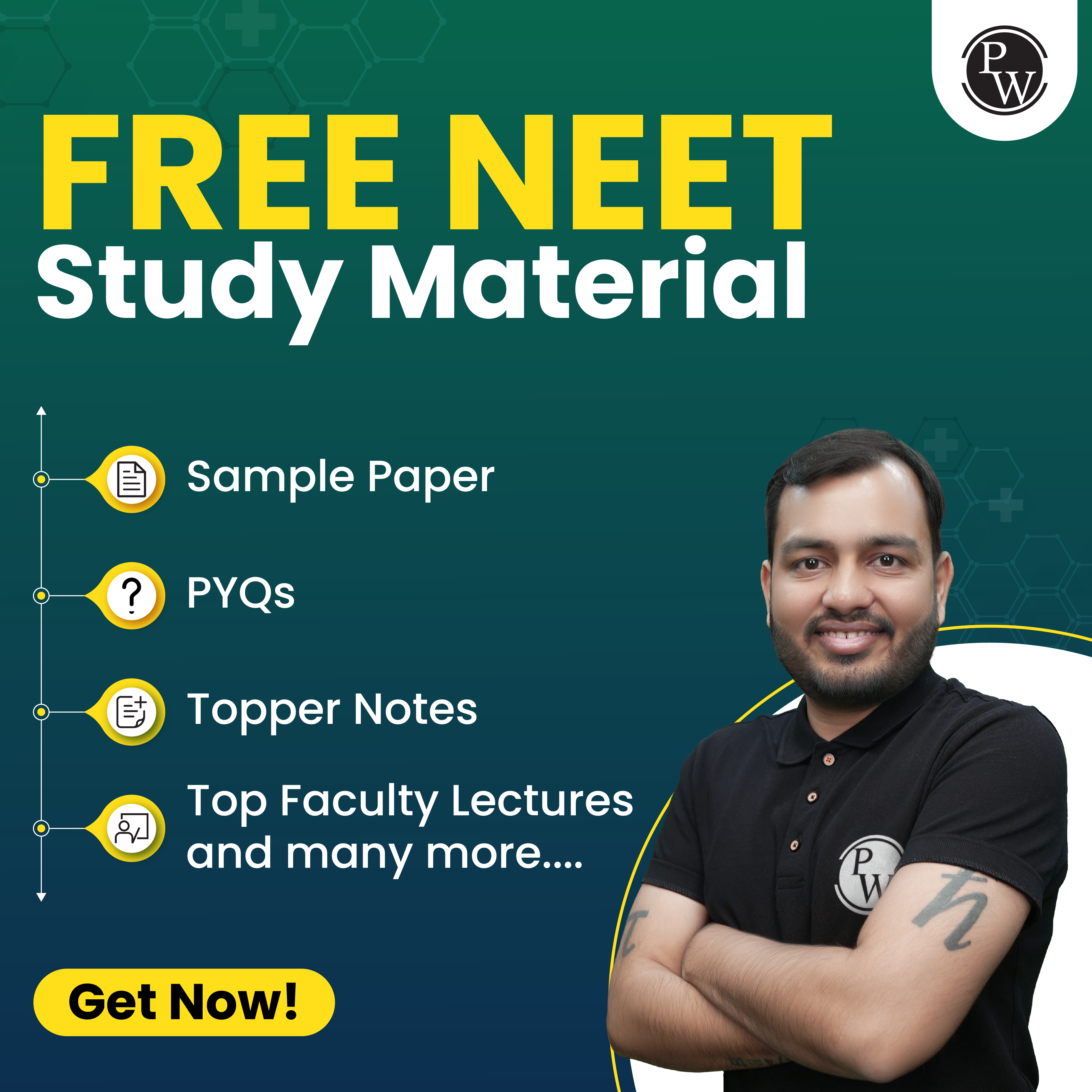
Q 1. Which of the following is not true about a reversible reaction?
(1) The number of moles of reactants and products is always equal. (2) It can be attained only in a closed container. (3) It cannot be influenced by a catalyst. (4) The reaction does not proceed to completion.Ans. 1
Q 2. All reactions that have chemical disintegration is;
(1) reversible. (2) reversible and endothermic. (3) exothermic. (4) reversible or irreversible and endothermic or exothermic.Ans. 4
Q 3. Which of the following is a reversible process?
(1) Melting of ice at 10°C. (2) Mixing of two gases by diffusion. (3) Evaporation of water at 100°C and 1 atm pressure. (4) None of these.Ans. 3
Q 4. A chemical reaction is at equilibrium when:
(1) equal amounts of reactants and products are present. (2) The formation of products is minimized. (3) reactants are completely transformed into products. (4) The rate of forward and backward reaction is equal.Ans. 4
Q 5. Which of the given statements does not explain the equilibrium state precisely?
(1) The equilibrium can be approached from either direction. (2) The equilibrium can be attained only if the system is an isolated system. (3) The free energy change at constant pressure and temperature is zero. (4) It is dynamic in nature.Ans. 2
Q 6. If a system is at equilibrium, the rate of forward to the reverse reaction is;
(1) less. (2) equal. (3) high. (4) double.Ans. 2
Q 7. Assertion (A): At equilibrium, the mass of each of the reactants and products remains constant.
Reason (R): At equilibrium, the rate of forward reaction is equal to the rate of backward reaction.
(1) Both Assertion (A) and Reason (R) are true and Reason (R) is the correct explanation of the Assertion (A). (2) Both Assertion (A) and Reason (R) are true but Reason (R) is not the correct explanation of the Assertion (A). (3) Assertion (A) is true and Reason (R) is false. (4) Assertion (A) is false and Reason (R) is true.Ans. 1
Q 8. Assertion (A): Equilibrium is possible only in a closed system at a given temperature.
Reason (R): All measurable properties of the system remain constant.
(1) Both Assertion (A) and Reason (R) are true and Reason (R) is the correct explanation of the Assertion (A). (2) Both Assertion (A) and Reason (R) are true but Reason (R) is not the correct explanation of the Assertion (A). (3) Assertion (A) is true and Reason (R) is false. (4) Assertion (A) is false and Reason (R) is true.Ans. 2
Q 9. Which of the following is not a general characteristic of equilibrium involving physical processes?
(1) Equilibrium is possible only in a closed system at a given temperature. (2) The equilibrium is dynamic in nature. (3) Measurable properties of the system keep changing. (4) Equilibrium can be attained from both sides of the reaction.Ans. 3
Q 10. A reaction reaches a state of equilibrium only when:
(1) the reactants and products stop reacting. (2) the concentration of reactants and products becomes equal. (3) the products react together at the same rate at which they are formed. (4) all the reactants and products are in the same state of matter.Ans. 3
Q 11. Assertion (A): A net reaction can occur only if a system is not at equilibrium.
Reason (R): All reversible reactions occur to reach a state of equilibrium.
(1) Both Assertion (A) and Reason (R) are true and Reason (R) is the correct explanation of the Assertion (A). (2) Both Assertion (A) and Reason (R) are true but Reason (R) is not the correct explanation of the Assertion (A). (3) Assertion (A) is true and Reason (R) is false. (4) Assertion (A) is false and Reason (R) is true.Ans. 2
Q 12. Chemical equilibrium is dynamic because:
(1) the equilibrium is attained quickly. (2) the concentration of the reactants and products becomes the same at equilibrium. (3) the concentration of reactants and products is not constant but different. (4) both forward and backward reactions occur at all times with the same speed.Ans. 4
Q 13. For a given set of experimental conditions with an increase in the concentration of the reactants, the rate of chemical reaction:
(1) decreases. (2) increases. (3) remains constant. (4) first decreases and then increases.Ans. 2
Q 14. Select the correct statement involving physical equilibrium.
(1) It is possible only in a closed system at a given temperature. (2) Both forward and backward do not occur at the same rate. (3) There is a dynamic but an unstable condition. (4) Measurable properties of the system do not remain constant.Ans. 1
Q 15 Assertion (A): Physical equilibria are dynamic in nature.
Reason (R): Both the opposing processes in physical equilibria occur at the same rate.
(1) Both Assertion (A) and Reason (R) are true and Reason (R) is the correct explanation of the Assertion (A). (2) Both Assertion (A) and Reason (R) are true but Reason (R) is not the correct explanation of the Assertion (A). (3) Assertion (A) is true and Reason (R) is false. (4) Assertion (A) is false and Reason (R) is true.Ans. 1
Q 16. Which of the following conditions represents an equilibrium?
(1) Freezing of ice in an open vessel, the temperature of ice is constant. (2) A few drops of water is present along with air in a balloon, temperature of the balloon is constant. (3) Water is boiling in an open vessel over the stove, the temperature of water is constant. (4) All of theseAns. 2
Q 17. Which one of the following statements about physical equilibrium is incorrect?
(1) At atmospheric pressure the temperature at which the solid and liquid phases are at equilibrium is called the normal freezing point of the substance. (2) At 273 and 1 atm pressure, ice and water are at equilibrium with each other. (3) At room conditions, water in an open vessel is in equilibrium with water vapor. (4) In a saturated solution, a dynamic equilibrium exists between the solute molecules in the solid state and in the solution.Ans. 3
Q 18. Assertion (A): Phase transition involves a change in internal energy only.
Reason (R): Phase transition occurs at constant pressure.
(1) Both Assertion (A) and Reason (R) are true and Reason (R) is the correct explanation of the Assertion (A). (2) Both Assertion (A) and Reason (R) are true but Reason (R) is not the correct explanation of the Assertion (A). (3) Assertion (A) is true and Reason (R) is false. (4) Assertion (A) is false and Reason (R) is true.Ans. 4
Q 19. The active mass of 64 g of HI in a two-litre flask would be;
(1) 2 (2) 1 (3) 5 (4) 0.25Ans. 4
Q 20. Statement I: Chemical equilibrium can be established from either side of the reversible reaction.
Statement II: The active mass of pure liquids and pure solids is constant.
(1) Statement-I and Statement-II both are correct. (2) Statement I is correct but Statement II is incorrect. (3) Statement I is incorrect but Statement II is correct. (4) Statement-I and Statement-II both are incorrect.Ans. 1
Q 21. Assertion (A): The active mass of pure solids and pure liquids is taken unity.
Reason (R): The active mass of pure solids and liquids depends on density and molecular mass. The density and molecular mass of pure liquids and solids are constant.
(1) Both Assertion (A) and Reason (R) are true and Reason (R) is the correct explanation of the Assertion (A). (2) Both Assertion (A) and Reason (R) are true but Reason (R) is not the correct explanation of the Assertion (A). (3) Assertion (A) is true and Reason (R) is false. (4) Assertion (A) is false and Reason (R) is true.Ans. 1
Q 22. Assertion (A): If the equation for a reaction is reversed, the equilibrium constant is inverted and if the equation is multiplied by 2, the equilibrium constant is squared.
Reason (R): The numerical value of an equilibrium constant depends on the way the equation for the reaction is written.
(1) Both Assertion (A) and Reason (R) are true and Reason (R) is the correct explanation of the Assertion (A). (2) Both Assertion (A) and Reason (R) are true but Reason (R) is not the correct explanation of the Assertion (A). (3) Assertion (A) is true and Reason (R) is false. (4) Assertion (A) is false and Reason (R) is true.Ans. 1
Q 23. The equilibrium constant for a reaction is K and the reaction quotient is Q. For a particular reaction mixture, the ratio of K/Q is 0.33. This means that;
(1) the reaction mixture will equilibrate to form more reactant species. (2) the reaction mixture will equilibrate to form more product species. (3) the equilibrium ratio of reactant to product concentrations will be 3. (4) the equilibrium ratio of reactant to product concentrations will be 0.33.Ans. 1
Q 24. Statement-I: If the value of the reaction quotient is greater than Kc, it means the reaction is proceeding in the backward direction.
Statement II: Kc value is definite for any reaction at a particular temperature while the reaction quotient may be variable.
(1) Statement-I and Statement-II both are correct. (2) Statement I is correct but Statement II is incorrect. (3) Statement I is incorrect but Statement II is correct. (4) Statement-I and Statement-II both are incorrect.Ans. 1
Q 25. For the reaction, A + B ⇌ C + D, initially equal moles of A and B were taken. At equilibrium, the moles of C was found to be twice that of A. The equilibrium constant will be:
(1) 4 (2) 2 (3) ½ (4) ¼ Ans. 1Q 26. Statement I: The equilibrium constant is fixed and characteristic for any given chemical reaction at a specified temperature.
Statement II: The composition of the final equilibrium mixture at a particular temperature depends upon the starting amount of reactants.
(1) Statement-I and Statement-II both are correct. (2) Statement I is correct but Statement II is incorrect. (3) Statement I is incorrect but Statement II is correct. (4) Statement-I and Statement-II both are incorrect.Ans. 1
Q 27. The extent of dissociation of PCl5 at a certain temperature is 20% at one atm pressure. Calculate the pressure at which this substance is half dissociated at the same temperature.
(1) 0.125 (2) 0.246 (3) 0.826 (4) 0.111Ans. 1
Q 28. Statement-I: If HI(g) is 30% dissociated at 2 atm, its degree of dissociation at 5 atm would be 0.3.
Statement II: The degree of dissociation of HI would be independent of pressure.
(1) Statement-I and Statement-II both are correct. (2) Statement I is correct but Statement II is incorrect. (3) Statement I is incorrect but Statement II is correct. (4) Statement-I and Statement-II both are incorrect.Ans. 1
Q 29. Assertion (A): Vapour density is the same thing as density.
Reason (R): Vapour density is a unitless quantity.
(1) Both Assertion (A) and Reason (R) are true and Reason (R) is the correct explanation of the Assertion (A). (2) Both Assertion (A) and Reason (R) are true but Reason (R) is not the correct explanation of the Assertion (A). (3) Assertion (A) is true and Reason (R) is false. (4) Assertion (A) is false and Reason (R) is true.Ans. 4
How to Approach Equilibrium MCQs For NEET?
When preparing for Equilibrium MCQs for NEET, follow these simple tips:- Understand Basic Concepts : Make sure to grasp key ideas like Le Chatelier's Principle, equilibrium constant (K), and reaction quotient (Q). This knowledge helps in understanding how changes affect equilibrium.
- Write the Balanced Equation : Start each question by writing down the balanced chemical equation. This helps identify the correct equilibrium expression and components.
- Practice with Sample Problems : Work through various Equilibrium MCQs Class 11 to get comfortable with different question types. This includes equilibrium shifts, calculating concentrations, and interpreting graphs.
- Check Units and Significant Figures : Pay attention to units and significant figures in calculations, as NEET questions often require precise answers.
- Eliminate Incorrect Options : Use the process of elimination to rule out clearly wrong answers, which can help in choosing the correct one.
- Stay Calm and Systematic : Approach each Equilibrium MCQ methodically. If a question is difficult, move on and return to it later with a fresh perspective.
Equilibrium MCQs FAQs
Q. What is the best way to approach Equilibrium MCQs For NEET?
Q. Where can I find Equilibrium MCQs Class 11 Questions and Answers?
Q. How should I practice Equilibrium MCQs With Answers?
Q. What are common topics covered in Equilibrium MCQs For NEET?
Q. How can I improve my performance in Equilibrium MCQs For NEET?
Q. Are there specific strategies for Equilibrium MCQs Class 11?

